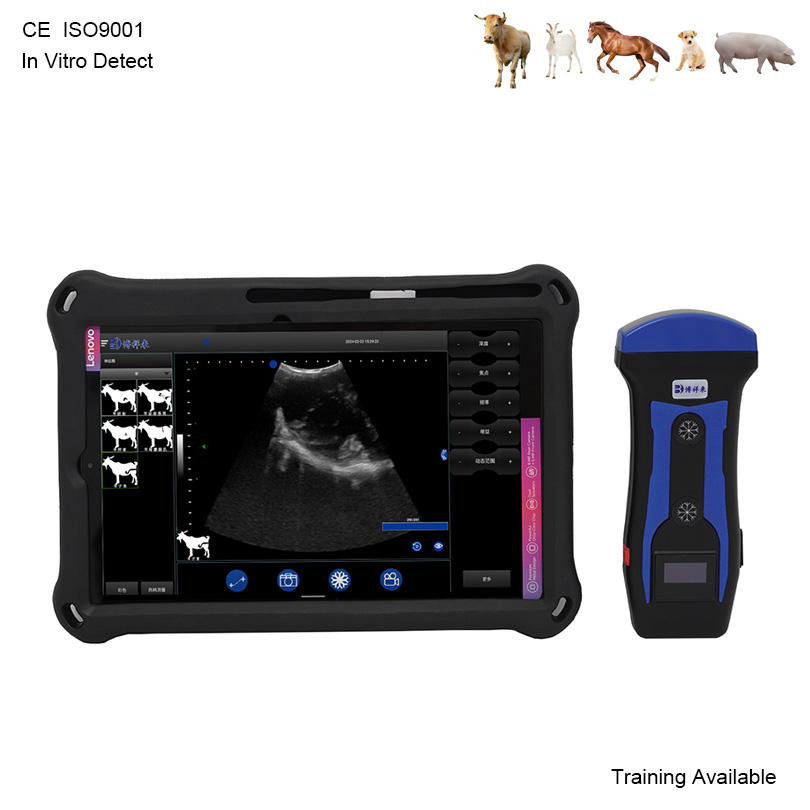Explanation of the Gain Parameter for Swine Ultrasound Machines
All swine ultrasound machines have gain control, one of the most frequently used and adjusted scanning parameters. But do you know what it actually does?
Most people think of gain as a brightness adjuster. While increasing gain does indeed brighten the image, understanding how it actually works is helpful. Gain is the uniform amplification of the ultrasound signal that returns to the transducer after passing through tissue. Por lo tanto, the image on the screen is not brightened by uniform margins, but rather whitened as if the returning signal were stronger than the actual signal, making it easier to see.

Sin embargo, be careful not to “over-gain.” Excessive magnification can cause the image to fade, lose detail, or produce artifacts. If you find yourself constantly looking for gain control, consider why your image might be darker than you would like.
High-Resolution Swine Ultrasound Machine Parameter Explanation: Imaging Deep Structures
If the signal is severely attenuated because you are trying to see anatomical structures quite deep from the body surface, consider reducing the probe’s operating frequency. As mentioned in a previous blog post, lower frequency sound waves penetrate more strongly than higher frequency ones, so you can expect a stronger return signal.
For ultrasound to propagate effectively, you need to minimize interruptions between the transducer and the structure being examined. Remember that air is a major enemy of ultrasound; even a tiny amount of air between the probe and the body surface can impair sound wave transmission and cause the image to darken.
Consider cutting your hair, removing dirt and debris from your skin, preparing the area with alcohol, and using coupling gel to minimize interference with the ultrasound signal. For transrectal ultrasound, remove as much fecal material as possible and use plenty of lubricant as a contact medium.
Monitor Brightness Settings
In the settings of your ultrasound machine, you may find a way to change the brightness of the actual LCD monitor. Similar to mobile phones, you may find that adjustments are needed based on the ambient light in the scanning environment. You can overcome certain gain requirements by increasing the screen brightness.
Increasing Gain Settings to Overcome Shadows
Dense structures such as bladder stones and gas within tissues can cast shadows in your images. Try changing the patient’s or transducer’s position, repeating the examination after the gas has had a chance to pass, or fasting the patient before the scheduled ultrasound examination.
Shadows can also occur as edge artifacts, which appear at the edges of circular structures. If you frequently encounter this, discuss with the manufacturer’s customer support team changing settings such as harmonics and compounding to adjust the ultrasound beam’s behavior to reduce these effects.
When to Adjust Gain
If you have considered all these suggestions but the image is still dark, adjust the gain as needed to optimize image brightness while preserving detail.